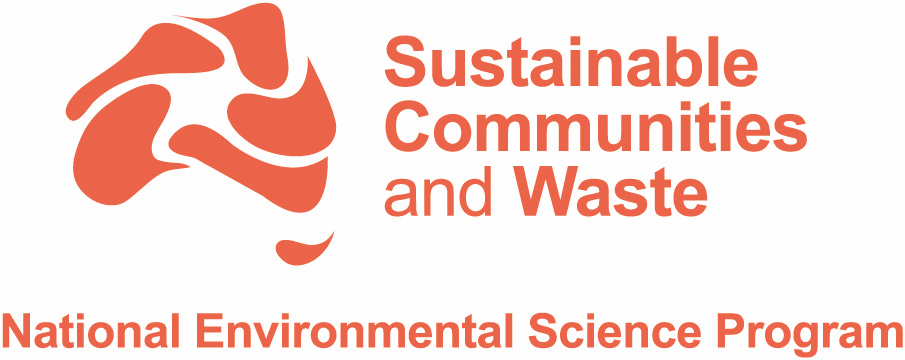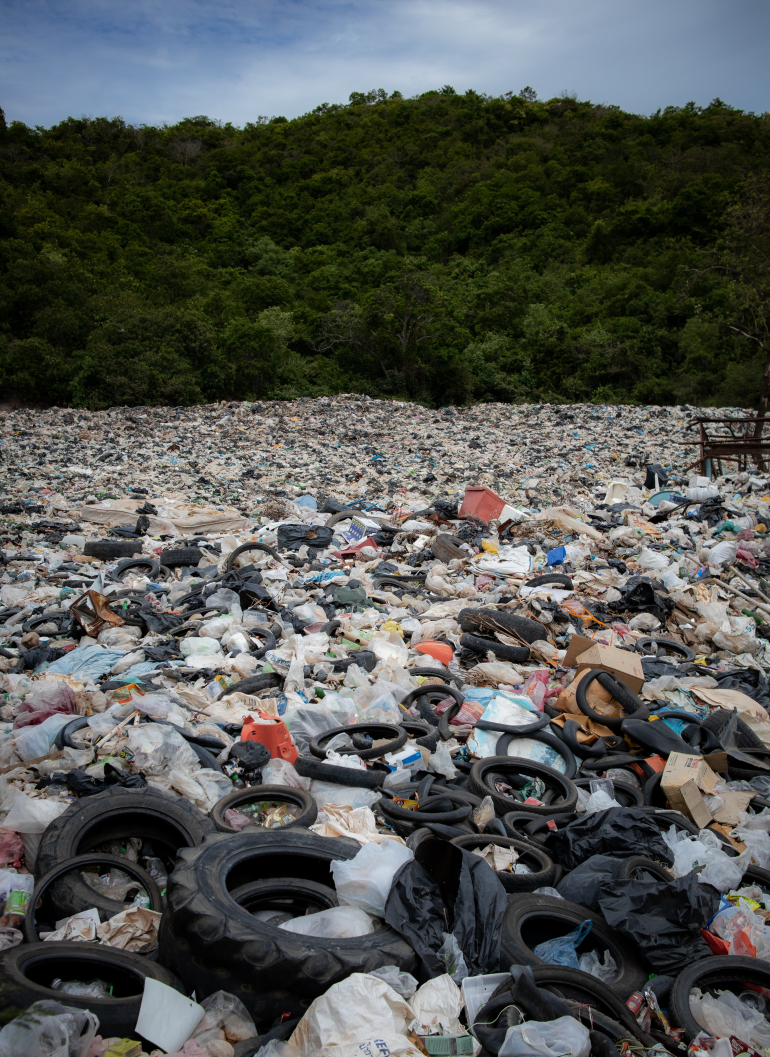A research plan update has been published for the Hub's Impact Priority 3 (IP3) research theme, Hazardous wastes and pollutants.
The IP3 research update is part of the Hub's recently published Research Plan 2023 following its approval from the Department of Climate Change, Energy, the Environment and Water.
Read the updated 2023 research project details for IP3
Project summary: Quantifying mass and potential release of chemicals of potential concern in our wastes and recovered resources
- End of life (EOL) tyres and electronic or e-waste were chosen as priority exemplars of waste streams where addressing knowledge gaps was urgent. The outcomes and methodologies adopted and developed for investigation of these specific waste streams were considered transferrable to other waste types, such as those that will result from our transition to renewable energy (photovoltaic cells, batteries) and other complex waste streams such as textiles and organics (e.g., biosolids and food and organic wastes).
- In seeking to advance the required science, IP3 has also sought to develop national capability to address such hazardous waste challenges, and to transfer knowledge of value and use to regulatory and other stakeholder groups. The time horizon foreseen to address hazardous waste challenges related to IP3 is shown in Figure 1.
- Outcomes from this work include a comprehensive assessment of the availability of identified chemicals of potential concern (CoPC) in EOL tyres and e-waste when exposed to relevant conditions associated with reuse pathways. The data generated will begin to build the evidence base to support decision making processes related to safe waste reuse to support and encourage establishment of circular economies.
- In addition, methodology to assess and measure the ecological risk for identified CoPC will be developed. As the science matures, outcomes will feed development of national capability on analytical and methodological approaches for commercial laboratories and others and enable unifying guidance on waste characterisation for future industry and regulatory consideration.


